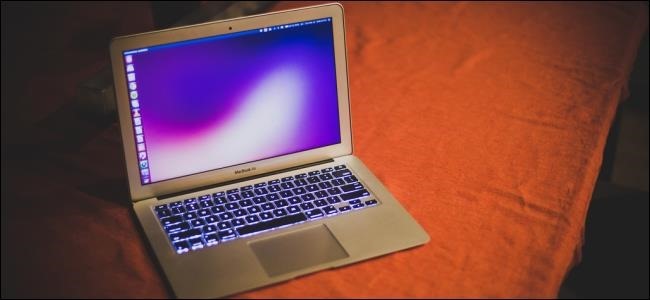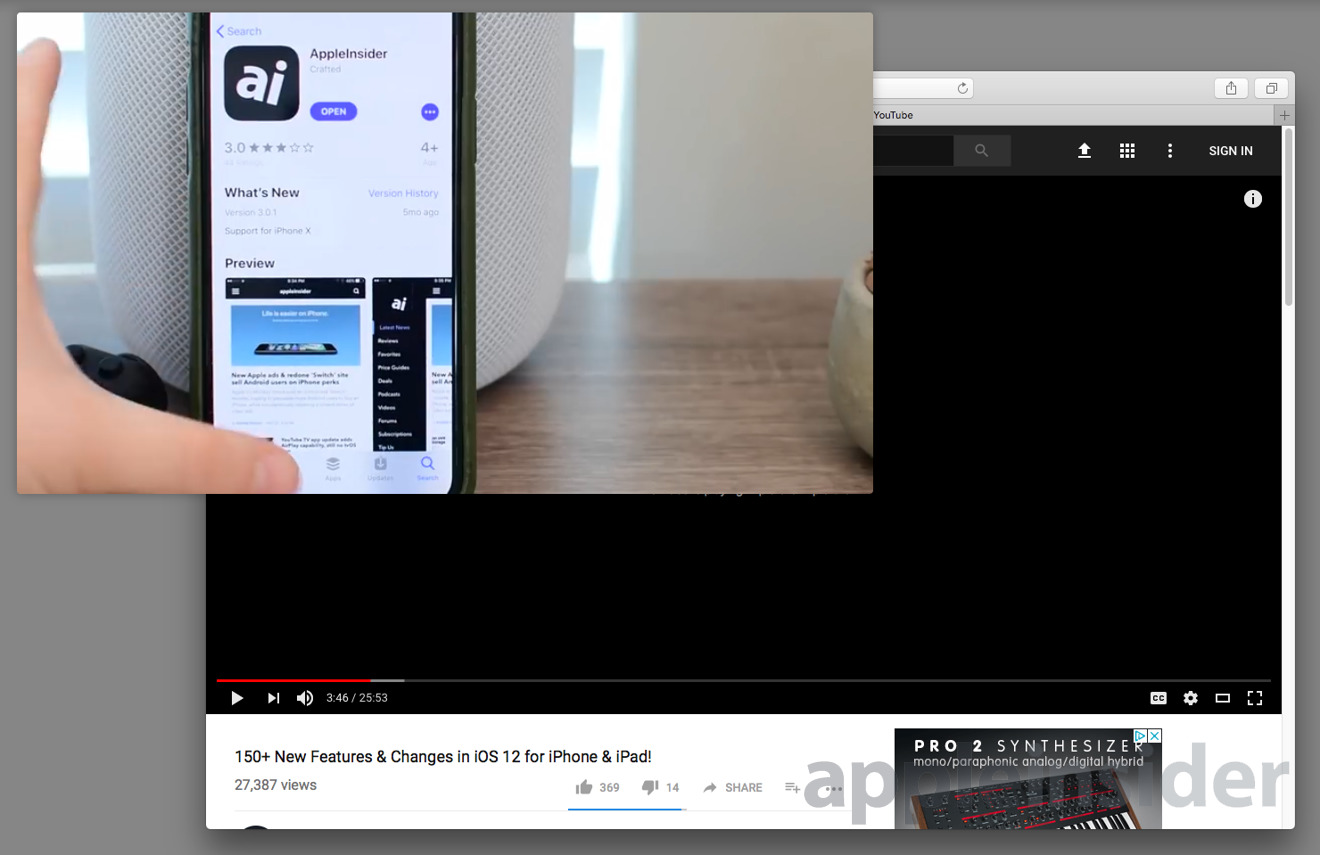
Use a USB flash drive or other secondary volume to create a bootable installer.
#How to use mac os on install#

If the Mac logic board has just been replaced, you may only be offered the latest macOS that is compatible with your Mac.Or you can use Option-Command-R during the startup process to be offered either the latest macOS that is compatible with your Mac, or in some cases the macOS that came with your Mac or the closest version still available. On an Intel-based Mac, you can use Shift-Option-Command-R during the startup process to be offered the macOS that came with your Mac, or the closest version still available.When you install macOS from Recovery, you'll get the current version of the most recently installed macOS, with some exceptions: When the new owner starts up the Mac, they can use their own information to complete the setup process. If you're selling, trading in or giving away your Mac, press Command-Q to quit the assistant without completing setup. You’ll see the contents of the HFS+ drive in the graphical window. It will automatically locate the connected drive, and you can load it. Click the File menu and select Load File System From Device. When the installation is complete, your Mac may restart to a setup assistant. To use HFSExplorer, connect your Mac-formatted drive to your Windows PC and launch HFSExplorer. Your Mac may restart and show a progress bar several times, and the screen may be empty for minutes at a time. Allow installation to complete without putting your Mac to sleep or closing its lid.

#How to use mac os on password#
If the installer asks to unlock your disk, enter the password you use to log in to your Mac.To start the installation process, select Reinstall macOS from the utilities window in macOS Recovery, then click Continue and follow the onscreen instructions.įollow these guidelines during installation: Reinstalling macOS won't remove data from your Mac.


 0 kommentar(er)
0 kommentar(er)
